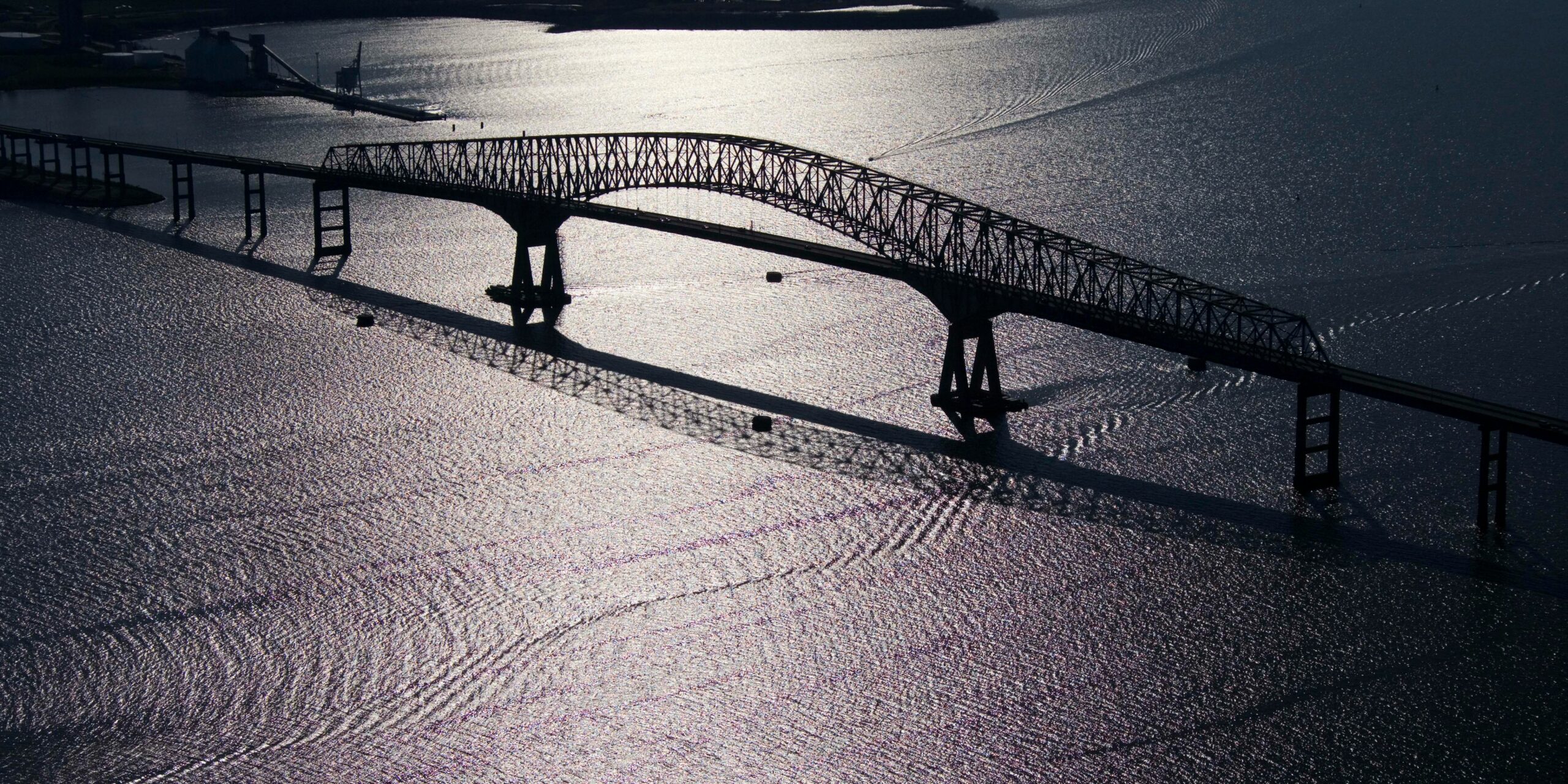The Baltimore Bridge Collapse: A Wake-up Call for Supply Chain Resilience
The recent collapse of the Francis Scott Key Baltimore Bridge has sent shockwaves through the transportation and logistics industry, raising concerns about the potential economic impact and highlighting the need for greater supply chain resilience. This catastrophic event has not only resulted in loss of life but has also disrupted the Port of Baltimore, one of the busiest and most vital ports in the United States. In this blog, we will explore the immediate and long-term consequences of the bridge collapse and discuss the importance of building robust and adaptable supply chains.
Immediate Consequences and Global Supply Chain Disruptions
The closure of the Port of Baltimore following the bridge collapse has trapped ships and disrupted the flow of goods in and out of the port. With Baltimore being the ninth busiest port in the country and a major hub for car shipments, the immediate impact on industries such as automotive manufacturing is significant. Companies like General Motors and Ford have already started rerouting shipments to mitigate potential disruptions, but the longer the closure persists, the more severe the consequences will be. This disruption comes at a time when global supply chains are already grappling with the effects of the Red Sea crisis and ongoing COVID-related challenges.
Economic Fallout and Implications for Trade
The economic impact of the bridge collapse extends beyond the immediate disruptions at the Port of Baltimore. The port handles billions of dollars worth of foreign cargo each year, and with vessels unable to access the port, there will be significant losses in trade and tax revenue on a daily basis. Moreover, the export of coal, a major revenue source, will be heavily affected, with India, the largest importer, expected to face significant disruptions in energy supply. Rerouting coal shipments to alternative ports will be challenging due to specific infrastructure requirements and limited capacity.
Supply Chain Resilience: Lessons Learned
The bridge collapse serves as a stark reminder of the importance of supply chain resilience. Businesses that rely on the Port of Baltimore and the affected transportation routes must assess their vulnerability to such infrastructure failures and develop contingency plans. Diversifying sourcing strategies, strengthening relationships with alternative ports, and investing in digital supply chain technologies can help mitigate potential disruptions.
Federal Support and Reconstruction Efforts
President Joe Biden has pledged federal support for the reconstruction of the bridge and urged Congress to fund relief efforts. The timely reconstruction of the bridge is crucial, not only for the local economy but also to alleviate the strain on the broader transportation and logistics industry. With thousands of jobs directly dependent on the port’s operations, reopening it as soon as possible is essential for the overall economic recovery.
The Baltimore bridge collapse has sent shockwaves through the supply chain industry, highlighting the vulnerabilities within global trade networks. The disruptions at the Port of Baltimore serve as a wake-up call for businesses to reassess their supply chain strategies and invest in resilience. By learning from this incident and taking proactive measures, companies can better prepare for unexpected events and ensure the continuity of their operations. Ultimately, a resilient supply chain not only minimizes the impact of disruptions but also positions businesses for long-term growth and success in an increasingly uncertain world.
See Source: https://www.theguardian.com/us-news/2024/mar/27/baltimore-bridge-collapse-economic-impact-francis-scott-key-us-port-shipping-traffic








